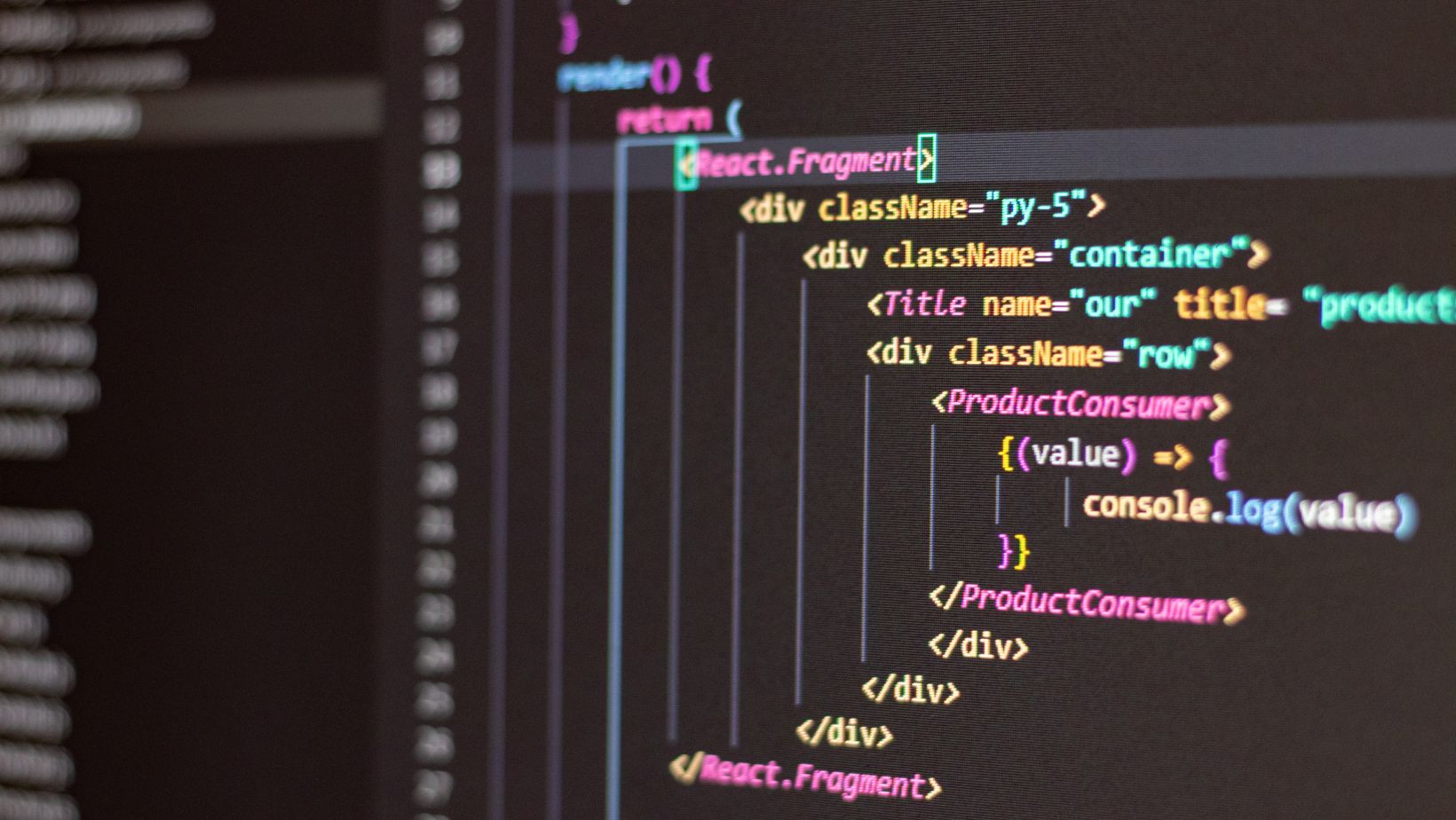
Cyberattacks have grown in sophistication, targeting businesses of all sizes with tactics like ransomware, supply chain exploits, and AI-driven phishing. A 2024 IBM report found that the average cost of a data breach reached $4.7 million, up 15% from 2023. Small businesses are no longer immune, with 43% of attacks now aimed at organizations with fewer than 1,000 employees.
Adversaries increasingly exploit vulnerabilities in cloud infrastructure and IoT devices. For example, a 2023 attack on a smart HVAC vendor compromised the networks of 200 clients, including hospitals and banks. Proactive cybersecurity services are critical to identifying and mitigating these risks before they escalate.
The Role of Cybersecurity Services in Risk Mitigation
Modern cybersecurity services extend beyond traditional firewalls and antivirus software. They encompass threat hunting, incident response, and continuous monitoring of networks and endpoints. A Ponemon Institute study revealed that organizations using managed detection and response (MDR) services resolved breaches 65% faster than those relying solely on in-house teams.
Penetration testing is another cornerstone. Ethical hackers simulate attacks to uncover vulnerabilities, such as unpatched software or weak credentials. A financial institution avoided a $3 million ransomware payout after a pen test exposed flaws in its payment gateway. Advanced services now include red team exercises, where experts mimic advanced persistent threats (APTs) to test defenses holistically.
Cyber Threat Intelligence: Turning Data into Defense
Threat intelligence involves analyzing data from global attack patterns to predict and prevent breaches. For instance, tracking dark web forums can reveal plans to exploit zero-day vulnerabilities. A 2024 Mandiant report highlighted that organizations using cyber threat intelligence reduced breach likelihood by 52%.
Contextual intelligence is equally vital. By correlating internal logs with external threat feeds, companies prioritize risks. A logistics firm thwarted a phishing campaign by blocking domains linked to a known APT group targeting its industry. Real-time threat feeds also enable automated responses, such as quarantining devices exhibiting suspicious behavior.
Securing Remote and Hybrid Workforces
Remote work expands attack surfaces, as employees access corporate networks from unsecured home devices. A 2024 Verizon study found that 68% of breaches involved compromised personal devices or public Wi-Fi. Zero-trust network access (ZTNA) solutions enforce strict authentication, granting access only to necessary resources.
Endpoint detection and response (EDR) tools monitor devices for suspicious activity. A tech startup detected a cryptojacking attack on an employee’s laptop, isolating the device before malware spread to cloud servers. Secure web gateways (SWGs) further protect remote teams by filtering malicious traffic and blocking access to risky websites.
Case Study: Neutralizing a Nation-State Attack
A manufacturing company was targeted by a nation-state actor seeking blueprints for advanced machinery. The attacker exploited a vulnerability in a third-party VPN provider. The company’s cybersecurity services team identified anomalous traffic patterns, traced the IP to a known state-sponsored group, and severed the connection.
Post-incident, the firm implemented deception technology, placing fake files in its network to mislead attackers. This tactic wasted the adversary’s resources and provided early warning of future intrusion attempts. Regular threat-hunting exercises now simulate nation-state tactics, ensuring defenses stay ahead of geopolitical risks.
Integrating AI into Cybersecurity Strategies
AI enhances threat detection by analyzing vast datasets for anomalies. For example, machine learning models can flag unusual login times or data transfers indicative of insider threats. Google’s Chronicle platform reduced false positives by 75% for a healthcare provider, allowing IT teams to focus on critical alerts.
Predictive analytics also forecast attack vectors. By examining historical data, a retail chain preemptively patched vulnerabilities targeted in 60% of recent sector-specific breaches. Natural language processing (NLP) tools like Darktrace interpret threat reports, prioritizing alerts based on organizational risk profiles.
Compliance and Regulatory Challenges
Regulations like GDPR, CCPA, and DORA (Digital Operational Resilience Act) mandate stringent cybersecurity measures. Non-compliance penalties totaled $2.8 billion globally in 2023. Encryption, access logs, and audit trails simplify compliance reporting.
A European bank streamlined GDPR adherence by classifying data sensitivity in AWS S3 buckets and automating access reviews. This reduced unauthorized access incidents by 80% in six months. For U.S. federal contractors, CMMC (Cybersecurity Maturity Model Certification) compliance requires third-party audits to verify controls for protecting sensitive defense data.
The Human Element: Training and Awareness
Employees remain the weakest link, with phishing accounting for 36% of breaches. Interactive training programs, like simulated phishing exercises, improve vigilance. A 2024 KnowBe4 study showed organizations conducting monthly drills reduced click-through rates on malicious links by 72%.
Role-based access controls limit damage from compromised accounts. For example, marketing teams cannot access financial systems, minimizing lateral movement opportunities for attackers. Gamification boosts engagement, with companies rewarding employees who report suspicious emails or complete training modules.
Emerging Threats: Quantum and 5G Risks
Quantum computing threatens current encryption standards. NIST is finalizing post-quantum algorithms like CRYSTALS-Kyber, which resist quantum decryption. Early adopters in finance and healthcare are already testing these protocols.
5G networks introduce faster connectivity but expand attack surfaces. Edge devices in manufacturing plants are vulnerable to firmware exploits. A telecom provider reduced 5G-related breaches by 50% using AI-driven anomaly detection at network edges. Additionally, IoT devices in smart cities require robust firmware updates to prevent exploitation by botnets.
Strategic Takeaways for Modern Enterprises
Investing in cyber threat intelligence and comprehensive cybersecurity services builds resilience against evolving threats. Strategies like zero-trust frameworks, AI-driven analytics, and employee training reduce breach risks and costs. Enterprises that prioritize these measures protect assets, maintain customer trust, and ensure long-term operational continuity.
Proactive collaboration with industry peers through ISACs (Information Sharing and Analysis Centers) enhances collective defense. A defense contractor recently avoided espionage by leveraging shared indicators of compromise (IOCs) from the Energy ISAC, demonstrating the power of collaborative security.







